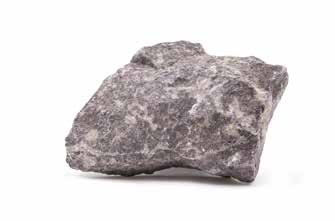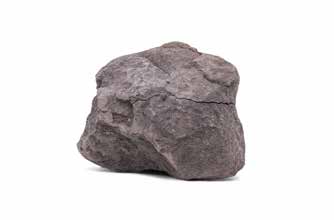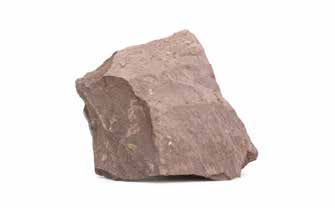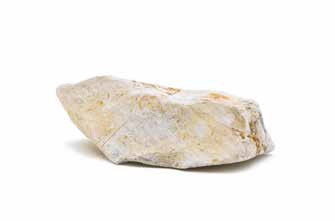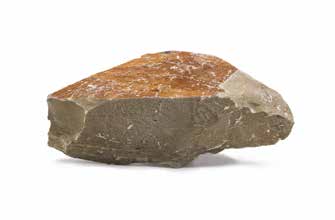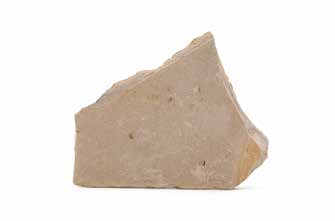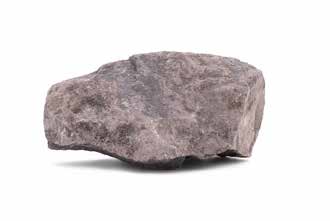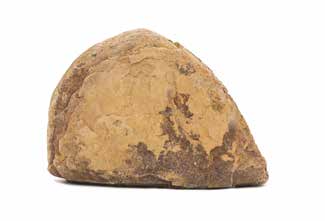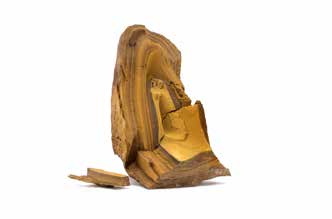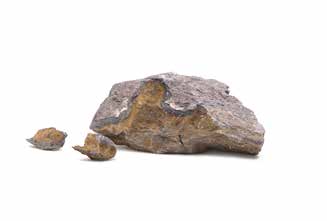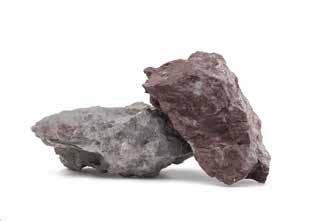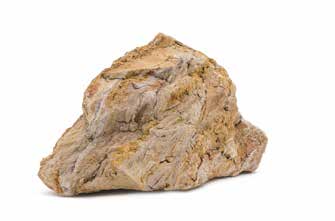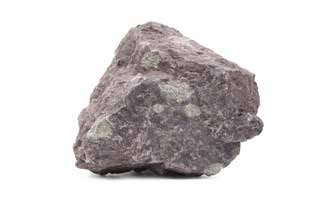
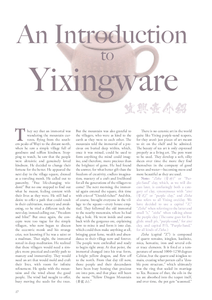 |
|

They say that an immortal was wandering the mountain currents, flying from the southern peaks of Wuyi to the distant north, when he saw a simple village full of goodness and selfless kindness. Stopping to watch, he saw that the people were altruistic and genuinely loved kindness. He decided to change their fortune for the better. He appeared the next day in the village square, dressed as a traveling monk. He called out to passersby, "Free life-changing wisdom!" But no one stopped to find out what he meant, feeling content with their lives as they were. He still had a desire to offer a path that could result in their cultivation, mastery and awakening, so he tried a different tack the next day, instead calling out, "Freedom and bliss!" But once again, the concepts were too vague for the simple villagers, who now began to discuss the eccentric monk and his strange cries, not knowing if he was a saint or a madman. That night, the immortal rested in deep meditation. He realized that these villagers would need a simpler, more practical and earthly path to mastery and immortality. They would need an art that would mold and craft their lives, with room for infinite refinement. He spoke with the mountains and the wind about the good people. The wind had naught to offer, busy moving the seeds for the trees. But the mountain was also grateful to the villagers, who were as kind to the earth as they were to each other. The mountain told the immortal of a precious ore buried deep within, which, once it was mined, could be used to form anything the mind could imagine, and therefore, more precious than the brightest of gems. He had found the answer, for what better gift than the freedom of creativity, endless imagination, mastery of a craft and livelihood for all the generations of the villagers to come? The next morning, the immortal again entered the square, this time with cries of "Untold riches!" And this, of course, brought everyone in the village to the square - every house emptied. They followed the old immortal to the nearby mountain, where he had dug a hole. He went inside and came back with the gorgeous ore, explaining how to mine it and form it into clay, which could then make anything at all, bringing great fame, wealth and abundance to their village now and forever. The people were enthralled and ready to begin right away. At that point, the immortal changed into his true form, a bright yellow dragon, and flew off to the north. From that day till now, those people and their descendants have been busy honing that precious ore into pots, and that place still bears the name "Yellow Dragon Mountain (黃龍山)."
There is no ceramic art in the world quite like Yixing purple-sand teapots, for they aren't just pieces of art meant to sit on the shelf and be admired. The beauty of tea art is only expressed properly as a living art. The pots want to be used. They develop a soft, silky sheen over time the more they find themselves in the company of good leaves and water - becoming more and more beautiful as they are used.
Note: "Zisha (紫砂)" or "Purple-Sand" clay, which, as we will discuss later, is confusingly both a category of clay, synonymous with "zini (紫泥)" or "purple clay," and Zisha also refers to all Yixing ore/clay. We have decided to use a capital "Z," "Zisha" when referring to the latter and small "z," "zisha" when talking about the purple clay. (The same goes for English: small p/s, "purple-sand," for zini clay, and capital P/S, "Purple-Sand," for all kinds of Zisha.)
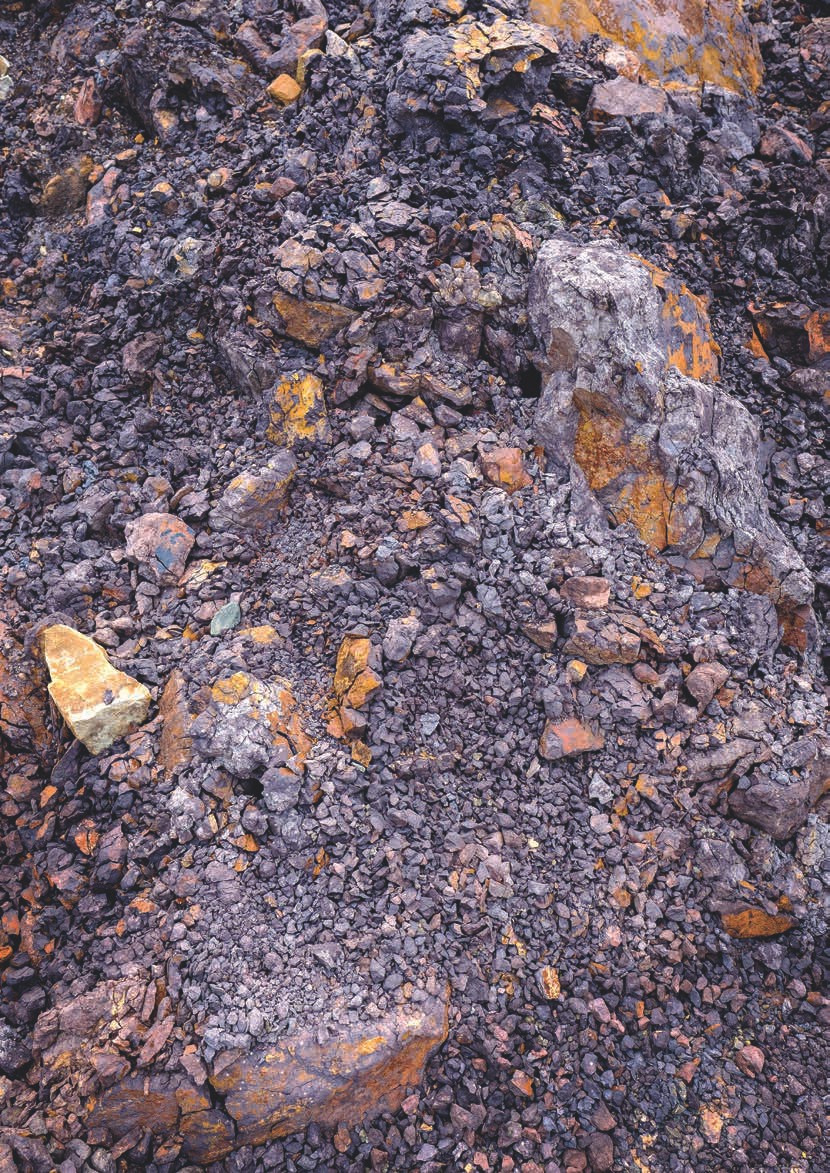
Zisha (capital "Z") is composed of quartz remains, isinglass, kaolinite, mica, hematite, iron and several other trace elements. It is fired at a temperature of around 1000 - 1250 degrees Celsius, but the quartz and isinglass remain, creating what potters call a "double pore structure," which ultimately was the ring that sealed its marriage to Tea. Because of that, the oils in the tea are absorbed into the teapot itself, and over time, the pot gets "seasoned." In other words, it absorbs the fragrance and depth of all the teas it has met in its time. Also, the composite structure of Yixing clay makes it resilient to radical temperature changes, so that teapots can be covered with boiling water even in the cold of winter; and what could be a more elegant image than snow-covered mountains in the distance seen over a steaming Yixing pot?
This capillary action means that zisha teapots also preserve heat to an extraordinary degree, which is a huge factor in traditional gongfu tea. If the temperature stays consistent and our movements are slow and graceful, then the essence of the tea unfurls slowly, with little change in the liquor from steeping to steeping. This means our tea will ultimately be more "patient," or last for more steepings. The session will also be smoother and more lasting. In fact, making tea smoother is why zisha teapots have been married to Tea for five hundred years.
As we learned in the April Classics of Tea issue this year, the first Ming Dynasty (1368 - 1644) emperor, Ming Taizu (明太祖), outlawed powdered cake tea, as he was a farmer's son and a monk before ascending to the throne, and valued frugality and simplicity in all things. He felt that the powdered cake tea popular at the time was a waste of energy and capital, as it required so much more work to produce and for a lower yield. Due to his influence, tea lovers throughout the aristocracy started steeping loose-leaf tea, just as simpler people did.
The various kilns throughout China then started producing teaware to suit this style of brewing: large pots and cups, mostly. It was during this time that the Western world developed an interest in tea, and this style of brewing (fewer leaves, steeped for a long time in a large pot) has been preserved in the West and in restaurants around the world. Very quickly, tea lovers throughout China all started using Yixing zisha pots. In those days, "kilns" were whole villages. Firing with wood was expensive, so no potter fired alone. This practice still continues in many homes in Yixing today, as potters continue to take their works to communal kilns. As a result, the whole town was called a "kiln." And most of the kilns tried their hand at teaware for steeping tea, but it was Yixing that became the "Teapot City," with every man, woman and child involved in some aspect of teapot production. Many disciplines, each with its own mastery, went into making these teapots: ore selections, miners, clay processors, potters, kiln masters and merchants. Even today, every pot we hold, appreciate and use to brew our tea is the product of many people's labor, spanning years of work and centuries of mastery - from miners to clay producers to teapot makers!
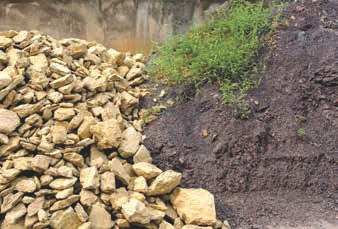
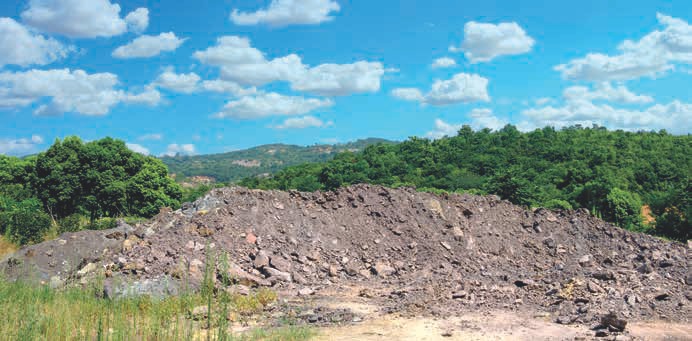



Over the years, the art of Yixing would evolve, incorporating all the other art forms in the Middle Kingdom. Since most artists, of any kind, were also tea lovers, pots soon had calligraphy, painting, seal-carving and even poetry on their sides as ornamentation. Some of the most sought-after teapots were ones made by famous potters and artists together, one creating the pot and the other painting it or carving the calligraphy. Yixing influenced and was influenced by all art.
Eventually, two main styles would develop based on the differences in the tea art of the North and South. In the northern cities, near the capital, officials wanted larger pots to serve many guests, with a lot of ornamentation to show off their power and affluence. In the South, commoners preferred simple, small pots to make tea for themselves and their friends.
Much like the aged and wise tea leaves, Yixing pots have a kind of consciousness and even destiny. They seem to have a bond with their owners. Walking into a store full of teapots, five separate tea lovers will be drawn to five separate pots, without being able to explain why. These pots then become like dear friends, traveling with us over time. There are times when we enter the Center's tea room undecided about which tea to drink, and find ourselves choosing not based on which leaf we think suits the day, but which teapot we wish to hold. Do you love your pots as much as we do? Do you find great poetry in them? Do you feel a bond when you pour? A simple Yixing pot resting on a small plate is an image that, for us, carries all the peace and bliss of the tea ceremony with it.
But why did this simple, unadorned, earthen-colored pot take over the tea world? Of course the simple aesthetic of Yixingware appeals to a certain kind of Chajin, then and now, but many people are attracted to more glamorous aesthetics, like the gorgeous painted porcelain of Jingdezhen, which can also be made into teapots. Such pots are much more desirable to mainstream tea drinkers, so why did every tea lover start using Yixingware? Why did Yixing become the "Teapot City"? And why is there a five-hundred-year-old sign above the entrance to the old city that reads: "There is only one ceramic teapot in the world and Her name is Yixing"? We hope that this glorious issue will help you understand, and more importantly, feel into the answers why!
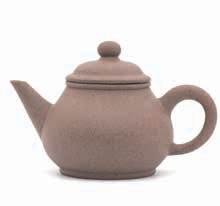




A big part of what makes Yixing teaware so special is the clay itself. The Chinese were master potters long before many Western peoples, having developed stoneware and porcelain many centuries earlier. Because the clay is naturally lead-free, it can be used for food and drink even after the initial firing, without the need for a glaze. Without glaze, the clay remains porous and sand-like.
Yixing clay comes from ore, mined from strata deep within the earth. The mines were dug more than hundreds of meters, with the majority of clay coming from between forty and seventy-five meters below sea level. Some of the retired miners we have spoken with reported that a minimum of five miners died every year while extracting Yixing ore!
After the clay is mined, it looks like a block of stone, with a flaky consistency. It is then allowed to rest in the air for years, called "corrosion," as it breaks down into small, soybean-sized pebbles. These small chunks are then 21/ An Introduction to Yixingware
ground into sand and allowed to "ferment" in water for a period. The duration depends on the ore and the master overseeing the process, though most of the old masters I've met seemed to have a "the longer, the better" philosophy when it comes to airing/storing the ore. More water and sifting produces smoother clay, whereas leaving more sand creates textured clay that is often more porous when fired. Sifters of various sizes are used to create these different textures. Then, after the clay is slabbed, it is pounded with a large wooden mallet, sometimes blending colors in this way, until the putty is of the desired color and consistency.
Understanding the ore/clay from Yixing can be a bit confusing, but we will introduce the basics to you here. Confusingly, all clay from Yixing is called "Zisha (紫砂)," which literallmeans "Purple-Sand." Traditionally, Zisha was known as "Five Color Earth (五色土)," as it could be fired to purple, red, green, yellow or black. The variety of colors in Yixingware relate to three main factors: where in the strata the ore was mined and what kind of ore it is, the firing temperature and whether or not additives were used to change the color.
Each ore has its own color after firing (we will show you some ores on the following pages). As we mentioned, ore/clay was traditionally categorized as purple (zini, 紫泥), red (hongni, 紅 泥), green (luni, 綠泥), black (heini, 黑泥 or wuni, 烏泥) or gray/yellow (huangni, 黃泥 or duanni, 段泥). Back in the day, there were ores for all five colors, but nowadays, authentic ore is rare and most colors are produced with additives. Genuine green (benshan luni, 本山綠泥), which means "Green Clay From the Original Mountain") and black ore/clay are almost nonexistent. Nowadays, green and blue colors are achieved with additives and black by firing in ash.


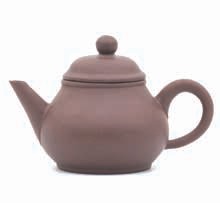

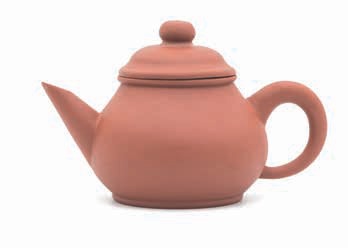
More simply, there are three families of Yixing clay: zisha/zini, or purple-sand, hongni, which are reddish clays, and duanni, which are grayish-yellow. Each of these large families has a huge array of clays within it. In this simpler categorization, green clay can be in the duanni category and black clay in the zisha category, or simply dropped, since both are so rare in their natural form. There are many different ways of organizing the clays of Yixing. Some authors and/or craftsmen organize them by the location the ore was mined. The best ores were found in Yellow Dragon Mountain (黃龍山) or Blue-Green Dragon Mountain (青 龍山), which were closed in the late 1990s; other regions of Yixing, like Fu Dong (洑東), continue to mine ore. Aside from the location, the strata that the ore was taken from is another way that the clay is organized. When clay is purely one ore and not blended, it is called "Qing Shui Ni (清水泥)." One famous stratum is called "Di Cao Qing (底槽青)." Though this is amongst the most valuable ores, this doesn't mean it is always best for craftsmen or for tea. Even within a single vein, the purity of any ore can vary a lot. There are so many kinds of ore, from bright red zhuni (朱泥) to "sesame duanni" (zhi ma duanni, 芝麻段泥), which has dark sesame-seed-like sand grains in it. This all gets even more confusing when you include the mastery of blending (pin pei, 拼配). Masters of old were very skilled at blending clays for aesthetics and for the effects each blend had on all tea, or even on a specific genre of tea!
The second aspect of Yixingware color is firing. Firing temperature also affects color a lot. Within each of the three or five families of clay, depending on how you divide Zisha ore/clay, each and every kind of ore can be fired to three to five main colors, with infinite subtle shades between. Zini ores/clays can be light reddish-brown to deep, dark purple, for example; and duanni can be creamy white to dark grayish-yellow.
Finally, since most clay comes from outside the traditional mines, potters have started adding powders to change the color. This practice actually began in the Republic Era (1911 - 1949), because these clays are brighter and more beautiful in some people's opinions. Due to the hazardous nature of these materials, the amount was restricted by law to 0.5%. They mix copper-oxide to make artificial duanni; cobalt-oxide makes bright blue; chrome-oxide creates bright green (called "Muo Luni, 墨綠泥"); mixing manganese-oxide makes "Hei Xing Ni (黑星泥)" or "Black-Star Clay," Qing Hui Ni (青灰 泥), which is green-gray clay, or heini, which is black clay; and finally, mixing iron-oxide creates redness.
